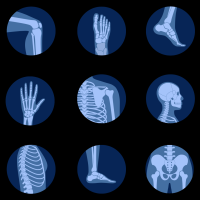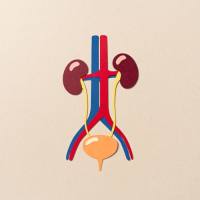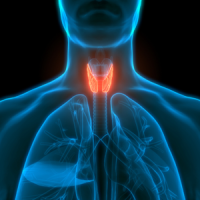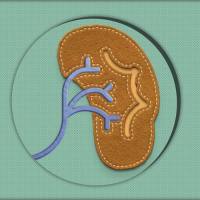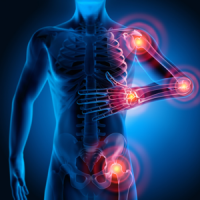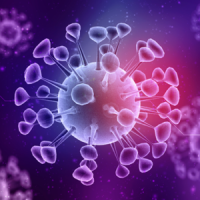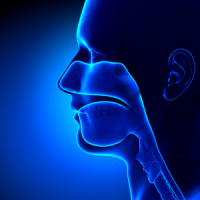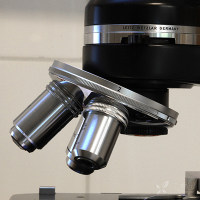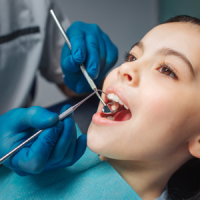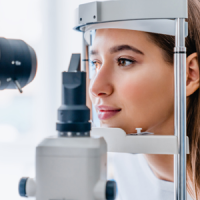【摘要翻译】经尿道微波热疗与经尿道切除治疗良性前列腺增生的比较:系统性综述
BJU Int. 2004 Nov;94(7):1031-6.
Hoffman RM, MacDonald R, Monga M, Wilt TJ.
Department of Medicine, New Mexico VA Health Care System, Albuquerque, New Mexico 87108, USA. rhoffman@unm.edu
目的:回顾性分析随即对照的临床试验,比较经尿道前列腺切除术(TURP)评估经尿道微波热疗(TUMT)治疗男性有症状的良性前列腺增生(BPH)的有效性和安全性。
方法:我们通过搜寻Medline, Cochrane图书馆和一些综述的参考文献查找到试验时间6个月以上,患者人数在10个以上的随机对照临床试验。选取试验设计,患者,治疗性质,尿路症状,尿流率,副作用和再次治疗BPH的数据。
结果:我们评估了6个临床试验,包括540名患者。平均年龄67.8岁,症状评分基线19.5分,尿流率峰值(PUF)8.6ml/s(未区分治疗组和对照组)。TUMT组的症状评分下降65%,TURP组下降77%。随访组症状评分的加权平均值(95%可信区间)差异为-1.83 (-3.09到-0.58),不如TURP组。TUMT组PUF混合平均值提高70%,而TURP组提高了119%。随访组PUF加权平均值为5.37 (4.22-6.51) mL/s ,不如TURP组。逆行射精(57.6% vs 22.2%), 输血(5.7% vs 0%)和尿道狭窄后再治疗(相关风险10.0)在TURP组更为多见,但再次治疗BPH在TUMT组更为多见。
结论:TUMT技术相对于TURP是短期治疗BPH安全有效的的选择。但TURP比TUMT可以更好的改善症状和尿流率,而且较少需要再次治疗BPH。
Transurethral microwave thermotherapy vs transurethral resection for treating benign prostatic hyperplasia: a systematic review.
Hoffman RM, MacDonald R, Monga M, Wilt TJ.
Department of Medicine, New Mexico VA Health Care System, Albuquerque, New Mexico 87108, USA. rhoffman@unm.edu
OBJECTIVE: To conduct a systematic review of randomized controlled trials evaluating the efficacy and safety of transurethral microwave thermotherapy (TUMT) compared with transurethral resection of the prostate (TURP) in treating men with symptomatic benign prostatic hyperplasia (BPH). METHODS: We searched Medline, the Cochrane Library and reference lists of retrieved studies to identify randomized trials of >/= 6 months duration with >/= 10 patients in each treatment arm. Data were extracted on study design, patient and treatment characteristics, urinary symptoms, urinary flow, adverse events and repeat treatment for BPH. RESULTS: Six studies were evaluated, involving 540 patients. The mean age (67.8 years), baseline symptom score (19.5), and peak urinary flow (PUF, 8.6 mL/s) did not differ by treatment group. The pooled mean urinary symptom score decreased by 65% with TUMT and 77% with TURP. The weighted mean (95% confidence interval) difference for the symptom score at the follow-up was -1.83 (-3.09 to -0.58) points, favouring TURP. The pooled mean PUF increased by 70% with TUMT and 119% with TURP. The weighted mean difference for the PUF at the follow-up was 5.37 (4.22-6.51) mL/s, favouring TURP. Retrograde ejaculation (57.6% vs 22.2%), transfusions (5.7% vs 0%) and re-treatment for strictures (relative hazard 9.76) were all significantly more common after TURP, but re-treatment for BPH was significantly more common after TUMT (relative hazard 10.0). CONCLUSIONS: TUMT techniques are effective and safe short-term alternatives to TURP for treating BPH. However, TURP provided greater symptom and urinary flow improvements and fewer subsequent BPH treatments than TUMT.
Publication Types: Review






